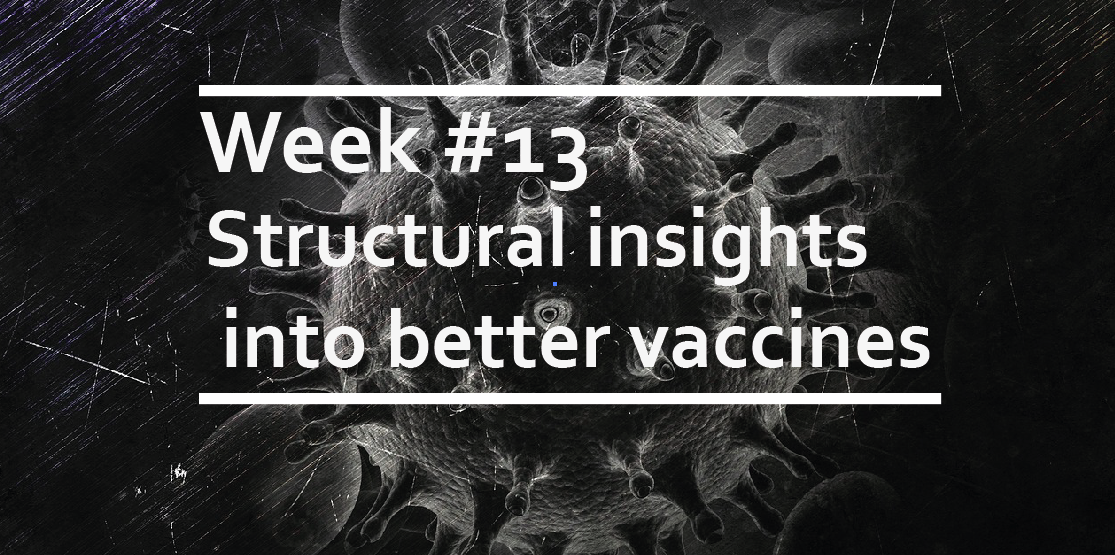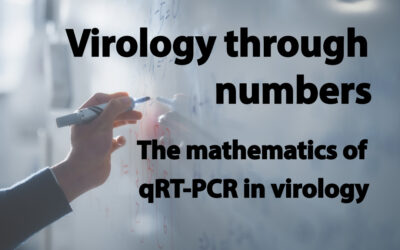Structural insights into better vaccines
The invention of successful vaccines precedes our understanding of the immune response and virus biology. However, while many vaccines against highly pathogenic viruses have been available for a long time, developing vaccines against other emerging and re-emerging viruses has proven challenging, suggesting that a deeper understanding of both virus and cell may be required. Rey and Lok suggest that sound knowledge of the viral structures, particularly of the stages in which viruses make contact with their target cells, is important for vaccine development. Many vaccines work by eliciting antibodies that prevent virus binding or fusion with the host cell: shouldn’t we then find out more about the dynamics of this particular stage?
The physics of viral fusion
Many of the currently circulating viruses are enveloped viruses, where one or more viral envelope protein is exposed on the lipid bilayer of the viral surface. Infection occurs when this envelope protein engages a target cell and reorganizes itself to allow fusion between the viral and the cellular plasma or endosomal membrane. Different viruses carry different membrane proteins that engage different receptors at the cell surface and determine the fusion route – either directly at the plasma membrane or inside endosomal compartments. However, these viral membrane proteins share structural traits that orchestrate the transition between energy states responsible for virus disassembly.
During the conformational change induced by low endosomal pH or by interaction with a cell receptor, the envelope protein adopts a transient metastable conformation in which the protein non-polar peptide projects out and inserts into the cell membrane, bridging the viral and the cellular membranes before collapsing into a hairpin, in which the segment inserted into the cellular membrane folds back in proximity of the transmembrane anchor of the fusion protein, bringing the two membranes closer. The two membranes then fuse, first through the merging of the outer leaflets of the membranes (hemifusion), and then through merging of the inner leaflets in the formation of a full fusion pore.
Flavivirus fusion
Although the membrane proteins of enveloped viruses share much in common, each envelope protein of each different family coordinates this process in a slightly different manner. Flaviviruses assemble and bud into the ER lumen in the form of immature particles, where the envelope protein E is organized in 60 trimeric spikes covered by the precursor prM ((prME)3). In the Golgi’s mildly acidic environment, these trimeric spikes rearrange into 90 dimers ((prME)2), with prM bound at the E dimer interface, exposing a furin cleavage site. Furin cleaves pr from M, and pr eventually dissociates in the extracellular environment, priming the virion for fusion once it reaches the endosomal acidic environment.
When antibodies are a problem
Interestingly, while in the mature form the fusion loop is buried at the E dimer interface, in immature particles that are released in the absence of efficient furin cleavage, the fusion loop is exposed on the side of the immature spikes and is recognized by antibodies and B cell receptors. Several studies suggest that these antibodies against the fusion loop exposed in immature particles are cross-reactive across serotypes, but poorly neutralizing and prone to antibody-dependent enhancement (ADE). These antibodies can bind to mature heterologous particles only when the conserved fusion loop is exposed, either through virion “breathing” or in immature patches of the virion, and this is generally insufficient for neutralization. In the case of heterologous infection, there are no other antibodies that can neutralize by targeting additional regions, and this is thought to cause ADE.
This might also explain why the high neutralising titres observed in vitro do not necessarily correlate with protection in vivo: it is possible that lab-adapted strains, which are known to be more dynamic and likely to expose the fusion loop, are more easily neutralised by this type of antibody than the clinical strains, for which the stoichiometry necessary for neutralisation is not reached.
How to induce neutralizing antibodies
All this suggests the importance of avoiding the induction of antibodies against the fusion loop (and also prM), or against other cryptic epitopes. On the contrary, highly neutralizing antibodies should target readily accessible sites at the cell surface. A vulnerability region has been identified in the fusion loop, but this is on the surface of the virion and recognized in the context of the mature rather than the immature dimer. Antibodies targeting this site (E dimer epitopes, EDE) are reported to be potently neutralizing against all four dengue serotypes.
Rey and Lok suggest that to induce specific and neutralizing antibodies, it is necessary to immunize against a stabilized pre-fusion form of the viral envelope, or against virus-like particles stabilized in their “closed” conformation. Finally, structures of the envelope-antibody complex can inform the design of peptides or small molecules that are able to block virus entry.
More neutralizing sites
The dichotomy between neutralization results in vitro and protection in vivo, which is also at the basis of the low effectiveness of Dengvaxia, is also the starting point of Gallichotte et al.’s investigation. The authors start with three strongly neutralizing antibodies against dengue-2 -3F9, 2D22, and 1L12- derived from different donors from geographically distinct locations, and define the epitopes that they recognize. 2D22 and 1L12 bind to proximal but distinct quaternary epitopes centered on the EDIII region of the dengue envelope, while 3F9 binds to an epitope on EDI. The dengue 1, 3, and 4 specific neutralizing antibodies identified to date do not map in the same regions, suggesting that major targets of serotype-specific neutralizing antibodies can differ between serotypes. Interestingly, the EDE region mentioned above partially overlaps with the 2D22 epitope, but EDE antibodies seem to recognize a more conserved patch than 2D22. Conversely, the 3F9 region is targeted by neutralizing antibodies against different serotypes.
Outlook
The challenges to vaccine design posed by many human viruses suggest that novel approaches and deeper knowledge of host-virus interaction are needed. While antibodies remain one of the best weapons against viral infection, viruses like dengue have shown that not all antibodies are equally effective and this information should now be exploited for vaccine design. While structural studies and epitope mapping remain paramount, the molecular dynamics of antibody protection and pathogenesis in the context of an infected organism are also likely to reveal important information in vaccine development. Equally, a deeper characterization of the fusion stage is likely to identify target sites for small molecules that inhibit virus access to host cells.




